- SuSanA working groups and regional chapters
- Working Group 6 (Cities and planning)
- Water Sensitive Cities concept
Water Sensitive Cities concept
1892 views
- lourdesv
-

- Moderator
- Arquitecta, trabajando en temas de agua, saneamiento y medio ambiente desde el año 2003, creo en estrategias de educación ambiental y cambio de comportamiento. En mi día a día trato de dejar un mundo mejor al prójimo.
Less- Posts: 16
- Likes received: 8
Dear Depinder:The article is very interesting and reflects the current situation that Latin American cities are going through.We from Aguatuya (www.aguatuya.org) have entered the area of Sustainable Urban Drainage Systems, and we are promoting them in our country Bolivia. Here the experiences and knowledge on this subject is still incipient. And we are pioneers promoting this vision and these sustainable actions.I believe that the cooperation should also keep an eye on promoting this type of planning for sustainable management of urban water, since they are measures to ensure the availability of water in the future.
Lourdes Valenzuela
Regional SuSanA Coordinator (Latinoamérica)
Directora de comunicación AGUATUYA
Calle Nicolás Ortiz no. 33 (a media cuadra de la Av. Calampampa)
Tel (591) 4 424 2164
Casilla 6264
Cochabamba – Bolivia
Siguenos:
www.aguatuya.org
www.facebook.com/aguatuya
www.susana.org/en/mailinglist-latinoamerica
Regional SuSanA Coordinator (Latinoamérica)
Directora de comunicación AGUATUYA
Calle Nicolás Ortiz no. 33 (a media cuadra de la Av. Calampampa)
Tel (591) 4 424 2164
Casilla 6264
Cochabamba – Bolivia
Siguenos:
www.aguatuya.org
www.facebook.com/aguatuya
www.susana.org/en/mailinglist-latinoamerica
Please Log in to join the conversation.
You need to login to reply
My recent article on this topic.
www.downtoearth.org.in/blog/water/global...nd-reusability-89018
The following text was added by moderator (PCP) form the link above to give some context to the readers
Four elements constitute the priorities or pillars of framing Global South water-sensitive cities.
www.downtoearth.org.in/blog/water/global...nd-reusability-89018
The following text was added by moderator (PCP) form the link above to give some context to the readers
Four elements constitute the priorities or pillars of framing Global South water-sensitive cities.
- Inadequacy of grey infrastructure in dense informal settlements
- Inadequacy of integrated centralised and decentralised sanitation and wastewater treatment systems for the city as a whole
- Poor functionality of existing infrastructure of water and wastewater treatment and its reuse
- the growing climate change-induced water stress, as well as larger grey infrastructure for drainage of flash flooding
Depinder Kapur is Director Water Programme at Centre for Science and Environment. He has taight at Shiv Nadar University and has lead the Sanitation Capacity Building Platform(SCBP) of National Institute of Urban Affairs. His professional engagements have been with AKRSP(Program Officer Forestry), SPWD(Sr. Program Officer), CARE(Director NRM), Oxfam(Program & Advocacy Director), WaterAid India(Country Head) and WSSCC(National Coordinator) and as an independent consultant.
Please Log in to join the conversation.
You need to login to reply
Discourse vs. Reality
This post is based on my observations to two Danish Cities following the recently concluded IWA Conference last week.
Cities visited included Middelfart and Aarhous.
Observations and commentary
1. Scale, Climate and End Use : Determines the specifics of renowned urban water and waste water projects in Europe.
Aarhous city is the second largest city of Denmark. Its river front development and flood proofing is considered a world class example of climate resilient city. The work done is indeed v good and appropriate for the city of Aarhus.What is important to note is the scale. The length of the river that flows into the harbour city, is only about 10Km from its origin in the hills. Relatively v small compared to the length and volume of waters in Indian rivers. Flood proofing is done by building underground cement concrete water storage reservoirs that can hold rain water and release it at a controlled rate.
The city of Middlefart is only about 40,000. Water sensitive design interventions include a surface drainage system that allows water to flow from the centre of the road in one locality. In another locality, there are small water conservation interventions next to the road and in parks. The small hilly landscape allows for quick discharge of water in different directions of the town, without the need for a drainage system.
The cold temperate climate does not allow mosquitoes to breed in water storage zones.
2. Framework fallacy : developing countries can leapfrog from poor sewered and poor drainage cities, to water sensitive cities.
"Considering more than 50% of cities are not fitted with a sewer system or storm drainage, developing cities have the potential to leapfrog towards greater water sensitivity through the provision of multi-functional and multi-purpose water infrastructure. Yet many developed cities have historically heavily invested in single purpose systems, and consequently must keep investing in the maintenance and upkeep of these systems.”
This fallacy emerges from the global north, that does not acknowledge the context, scale and climate of developing global south countries that is very different from cities of global north. It is often copy pasted on global south cities.
Our global south cities, the v large metros, need good drainage systems(alongwith water recharge). Because of the scale at which they have grown, generating substantial rain water run off. And as a result of climate change that is intensifying the water cycle leading high rainfall periods as we witnessed this year in Bengaluru, Lucknow and currently in Delhi and Gurgaon.
This post is based on my observations to two Danish Cities following the recently concluded IWA Conference last week.
Cities visited included Middelfart and Aarhous.
Observations and commentary
1. Scale, Climate and End Use : Determines the specifics of renowned urban water and waste water projects in Europe.
Aarhous city is the second largest city of Denmark. Its river front development and flood proofing is considered a world class example of climate resilient city. The work done is indeed v good and appropriate for the city of Aarhus.What is important to note is the scale. The length of the river that flows into the harbour city, is only about 10Km from its origin in the hills. Relatively v small compared to the length and volume of waters in Indian rivers. Flood proofing is done by building underground cement concrete water storage reservoirs that can hold rain water and release it at a controlled rate.
The city of Middlefart is only about 40,000. Water sensitive design interventions include a surface drainage system that allows water to flow from the centre of the road in one locality. In another locality, there are small water conservation interventions next to the road and in parks. The small hilly landscape allows for quick discharge of water in different directions of the town, without the need for a drainage system.
The cold temperate climate does not allow mosquitoes to breed in water storage zones.
2. Framework fallacy : developing countries can leapfrog from poor sewered and poor drainage cities, to water sensitive cities.
"Considering more than 50% of cities are not fitted with a sewer system or storm drainage, developing cities have the potential to leapfrog towards greater water sensitivity through the provision of multi-functional and multi-purpose water infrastructure. Yet many developed cities have historically heavily invested in single purpose systems, and consequently must keep investing in the maintenance and upkeep of these systems.”
This fallacy emerges from the global north, that does not acknowledge the context, scale and climate of developing global south countries that is very different from cities of global north. It is often copy pasted on global south cities.
Our global south cities, the v large metros, need good drainage systems(alongwith water recharge). Because of the scale at which they have grown, generating substantial rain water run off. And as a result of climate change that is intensifying the water cycle leading high rainfall periods as we witnessed this year in Bengaluru, Lucknow and currently in Delhi and Gurgaon.
Depinder Kapur is Director Water Programme at Centre for Science and Environment. He has taight at Shiv Nadar University and has lead the Sanitation Capacity Building Platform(SCBP) of National Institute of Urban Affairs. His professional engagements have been with AKRSP(Program Officer Forestry), SPWD(Sr. Program Officer), CARE(Director NRM), Oxfam(Program & Advocacy Director), WaterAid India(Country Head) and WSSCC(National Coordinator) and as an independent consultant.
Attachments:
-
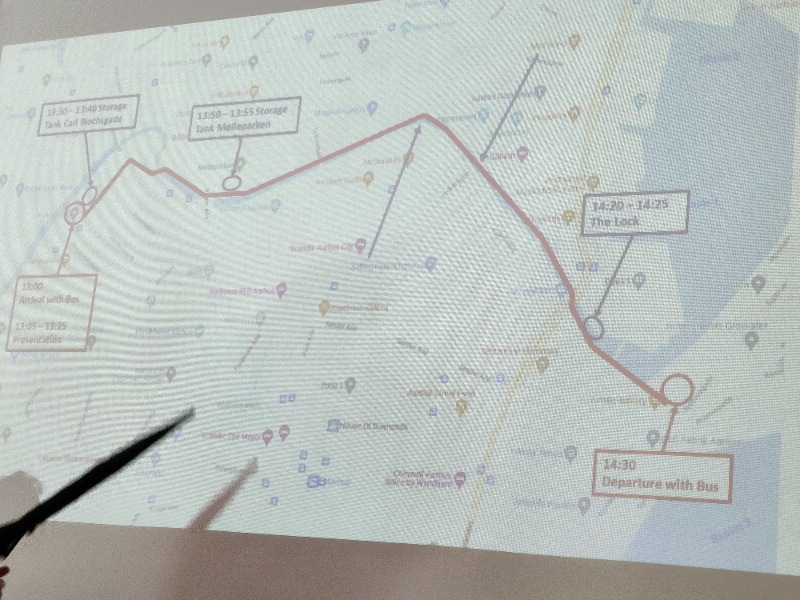 IMG_202209...2819.jpg
(Filesize: 278KB)
IMG_202209...2819.jpg
(Filesize: 278KB)
-
 IMG_202209...3328.jpg
(Filesize: 317KB)
IMG_202209...3328.jpg
(Filesize: 317KB)
-
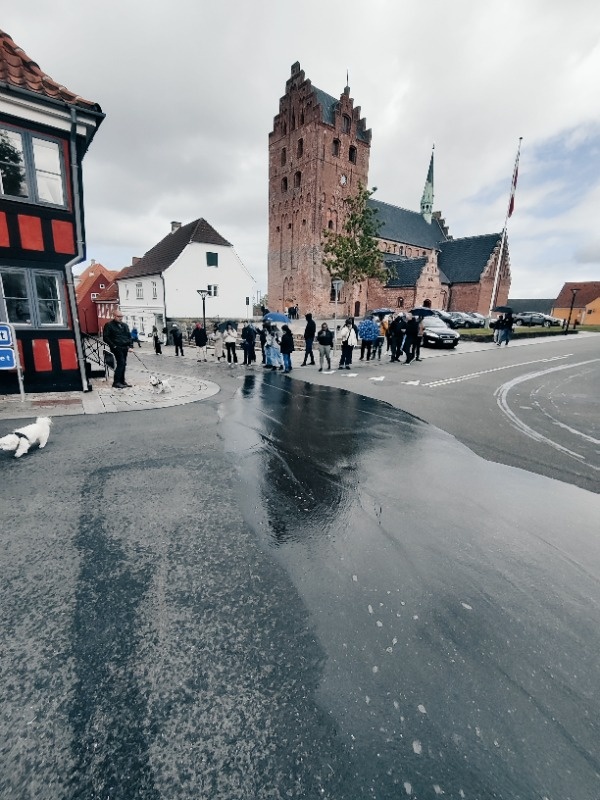 IMG_202209...5128.jpg
(Filesize: 298KB)
IMG_202209...5128.jpg
(Filesize: 298KB)
-
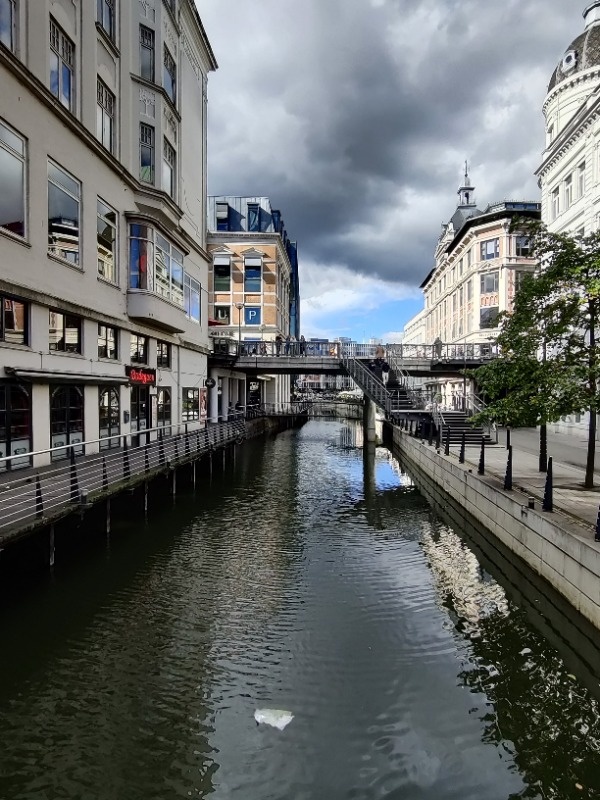 IMG_202209...0221.jpg
(Filesize: 313KB)
IMG_202209...0221.jpg
(Filesize: 313KB)
-
 IMG_202209...3236.jpg
(Filesize: 410KB)
IMG_202209...3236.jpg
(Filesize: 410KB)
-
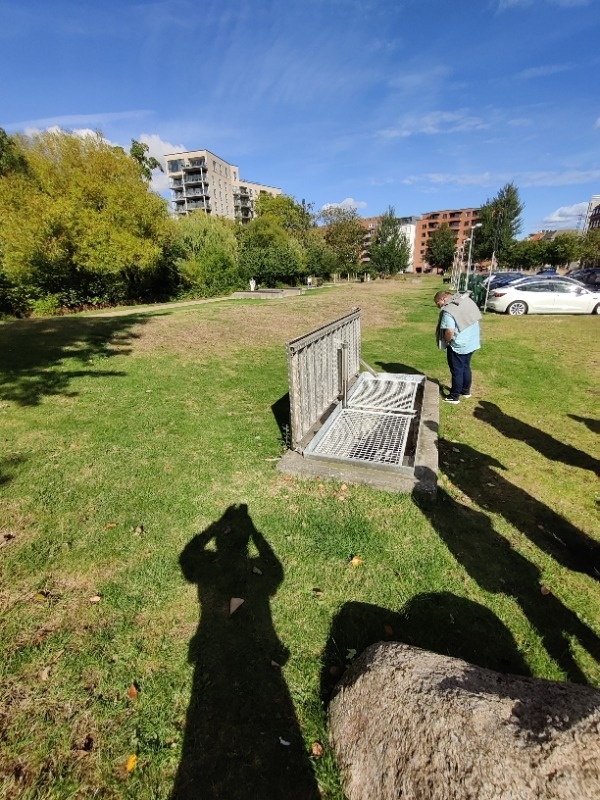 IMG_202209...3645.jpg
(Filesize: 362KB)
IMG_202209...3645.jpg
(Filesize: 362KB)
-
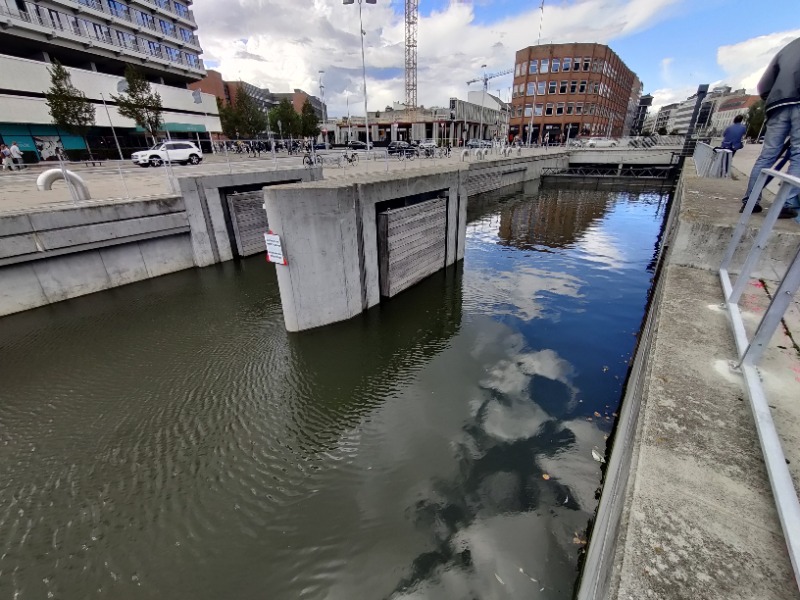 IMG_202209...1445.jpg
(Filesize: 304KB)
IMG_202209...1445.jpg
(Filesize: 304KB)
-
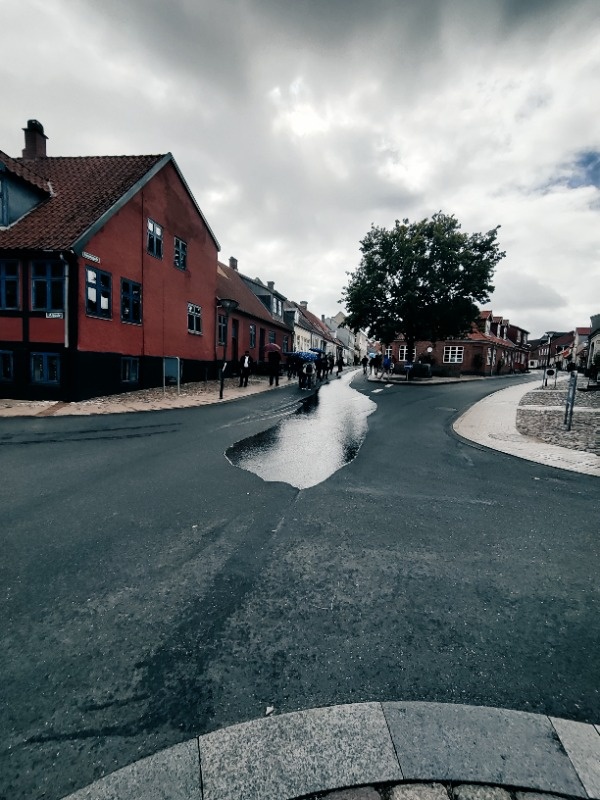 IMG_202209...5101.jpg
(Filesize: 284KB)
IMG_202209...5101.jpg
(Filesize: 284KB)
-
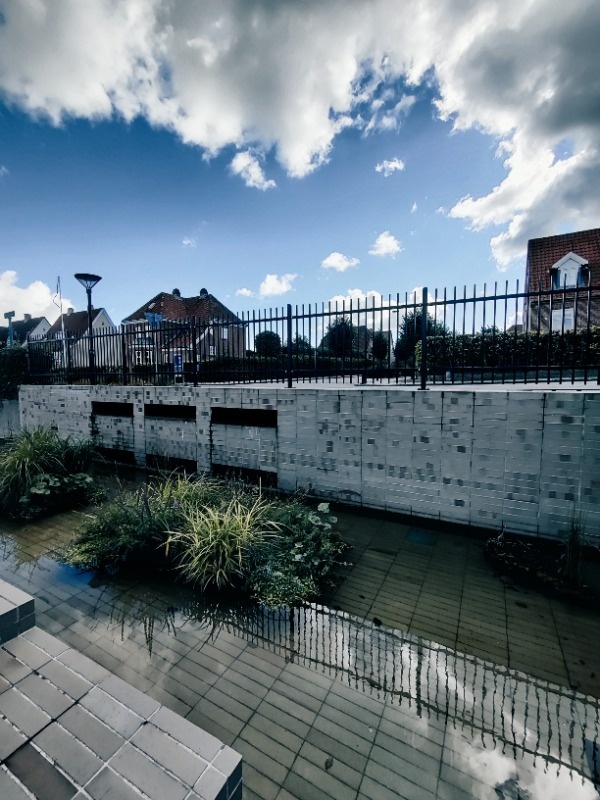 IMG_202209...1050.jpg
(Filesize: 299KB)
IMG_202209...1050.jpg
(Filesize: 299KB)
-
 IMG_202209...3349.jpg
(Filesize: 262KB)
IMG_202209...3349.jpg
(Filesize: 262KB)
-
 IMG_202209...0810.jpg
(Filesize: 346KB)
IMG_202209...0810.jpg
(Filesize: 346KB)
Please Log in to join the conversation.
You need to login to reply
Share this thread:
- SuSanA working groups and regional chapters
- Working Group 6 (Cities and planning)
- Water Sensitive Cities concept
Time to create page: 0.099 seconds







